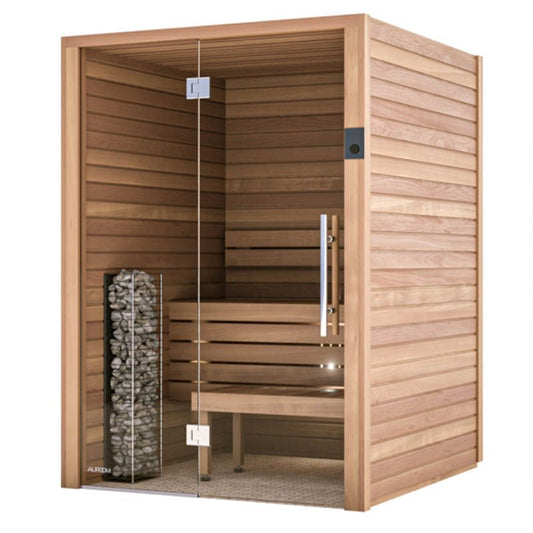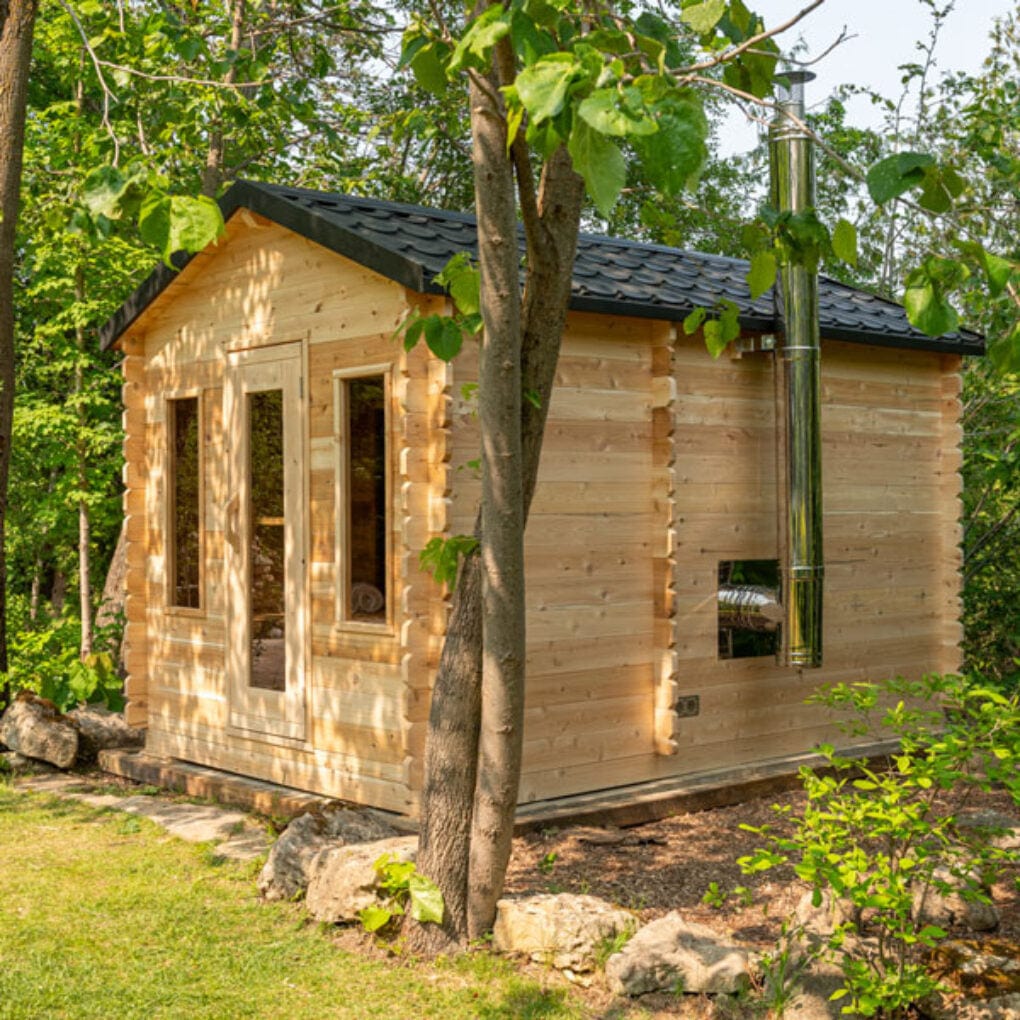Traditional Sauna Fundamentals Explained
Traditional Sauna Fundamentals Explained
Blog Article
The Best Strategy To Use For Traditional Sauna
Table of ContentsIndicators on Traditional Sauna You Should KnowFacts About Traditional Sauna RevealedExamine This Report on Traditional SaunaTraditional Sauna for Beginners
The majority of the weight shed in a sauna is water loss and is re-gained upon rehydrating. Without a question sauna can be an essential part of a healthy and balanced weight loss program. To check out the distinctions in between typical and IR saunas, I will certainly divide these right into verifiable, academic, and made differences.Therefore, the most popular factor in the saunawhich is at the ceiling straight above the sauna heateris typically between 185 and 190 F. Traditional Sauna. Claims that a typical sauna surpasses 200 F is just not true and not suitable for electrical saunas sold in the United States. The temperature for a far-infrared sauna is typically established in between 120 and 140 F; nevertheless, unlike the traditional sauna, the objective in and IR room is not to achieve a heat
As a result of this, the temperature difference is virtually unnecessary, because extreme sweating causes both sauna kinds, yet the technique of heating the body is different. In an IR sauna the bather will feel warm and will sweat profusely, but at much reduced temperatures. Therefore, if the goal is to invest longer amount of times in the sauna, the IR sauna is an excellent selection.

Excitement About Traditional Sauna
When the high temperature level is achieved, the elements cycle on and off to keep the heat. Most standard sauna customers take pleasure in pouring water over the rocks to create steam to raise sauna moisture degrees. The advantages of pouring water over the rocks include: making the room extra comfortable, dampening the nasal flows, and allowing the usage of aromatherapy by mixing crucial oils with the water.
In a far-infrared sauna, the warm front permeate the body to efficiently warm the body and increase the body core temperature. To attain this increased temperature, Far-infrared emitters create infrared energy which is close to the same wavelength as that which the body his explanation naturally emitsoften referred to as the "Vital Range" of 7 to 14 recommended you read microns), so the energy is well received by the body.
When the power gets in the body, it causes the body temperature to increase and ultimately results in sweat. In an infrared sauna it is essential for the emitters/heaters to remain on practically regularly. Because there is no mass of rocks to preserve warm, the sauna will certainly cool down if the emitters shut down.
As mentioned over, the sauna bather in an infrared area wishes to position himself in front of running emitters to obtain maximum advantage from the heat. The home heating time for both spaces can be really various, relying on exactly how the rooms are made use of. For a typical sauna, a bather should allow 30-40 minutes for the space to accomplish a wanted temperature level and to appropriately pre-heat the rocks.
Getting The Traditional Sauna To Work
A well created sauna will normally achieve a temperature level of 150-160 F in concerning 30-40 minutes. For hotter temperature levels, the room may require to heat for a longer duration.
To some, 15 mins was "squandered" while the infrared energy warmed the timber panels as opposed to heating a body, while others find a pre-heated space to be much more comfy and believe an elevated starting temperature level is required to begin perspiring. The length of suggested usage for every area is approximately the same (10-15 minutes per session); nevertheless, because of the lower air temperatures and the capability to really feel the results of infrared warmth helpful hints much faster than a standard sauna, it is not unusual for a person to spend a total of 20-30 minutes in an infrared sauna.
Conventional saunas have a tendency to be bigger (hence utilize even more electricity) than infrared saunas, although typical saunas are certainly readily available in one and two person dimensions. For a two-person typical sauna, 5x6 or 5x7 dimension is most popular. The top bench can conveniently seat 2 or three individuals and is likewise long sufficient to relax throughout the sauna session.


The ordinary expense per kWH of power in the united state is about $0.11, so a 4.5 kW heating system will set you back around $.50 to run for one hour, if the heater runs constantly for one hour. Commonly a sauna heating system will certainly run for 75% of the very first hour and 50% of succeeding hours on because the elements cycle once the established temperature level is achieved.
The Best Guide To Traditional Sauna
A two person far-infrared space is typically physically smaller sized than a conventional sauna, commonly regarding 4' x 4' or smaller sized. The IR heating unit is usually 1.5-1.7 kW using a 120 volt 15 amp plug-in solution. Considering that the space can be used faster than a sauna room, we will certainly presume the room is made use of for to of an hour including warm up time.
There is a seldom talked about distinction in the social experience in between the 2 spaces. While our culture has lost some of the social benefit of the traditional sauna experience, it can be very socially gratifying. From family members time in the sauna, to heart-felt discussions with loved ones, to sauna partiesthe standard sauna experience can cause intimate interacting socially.
Many higher end infrared spaces include colored light treatment, noise systems and full-glass fronts.
Report this page